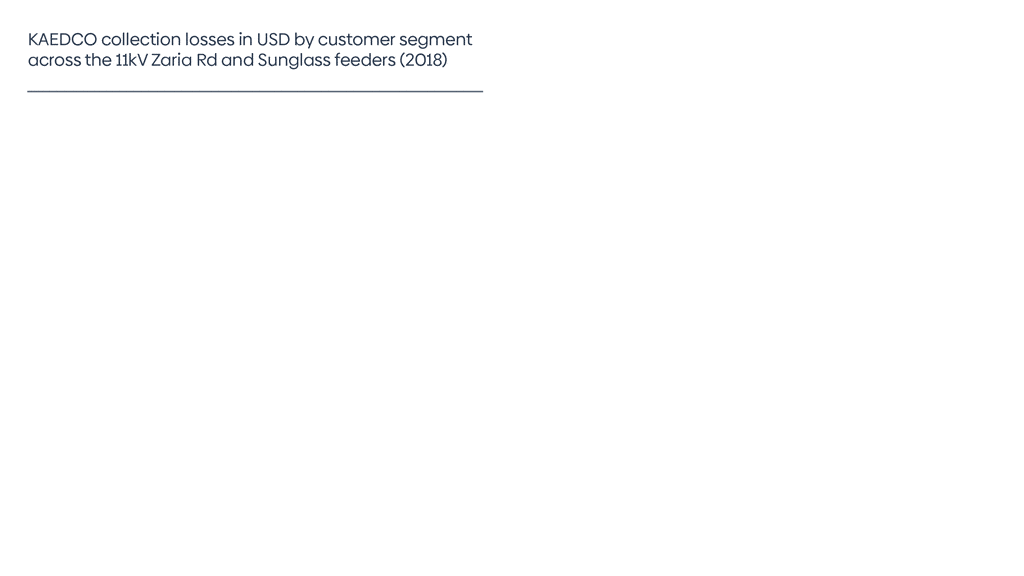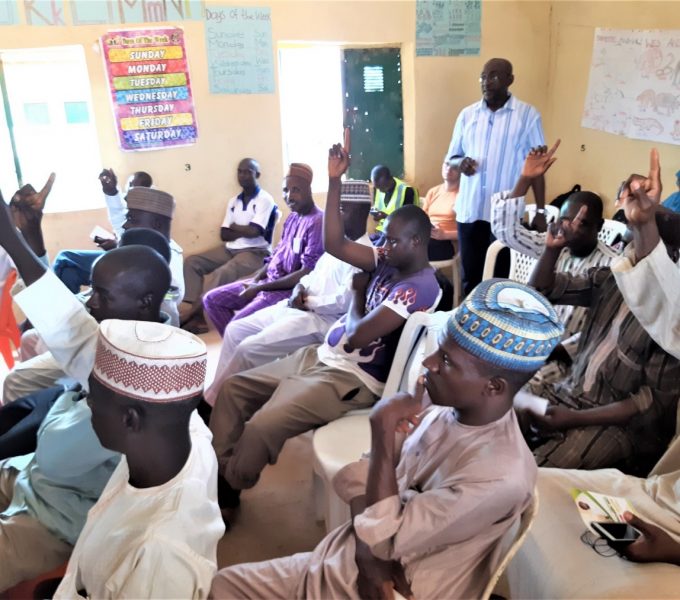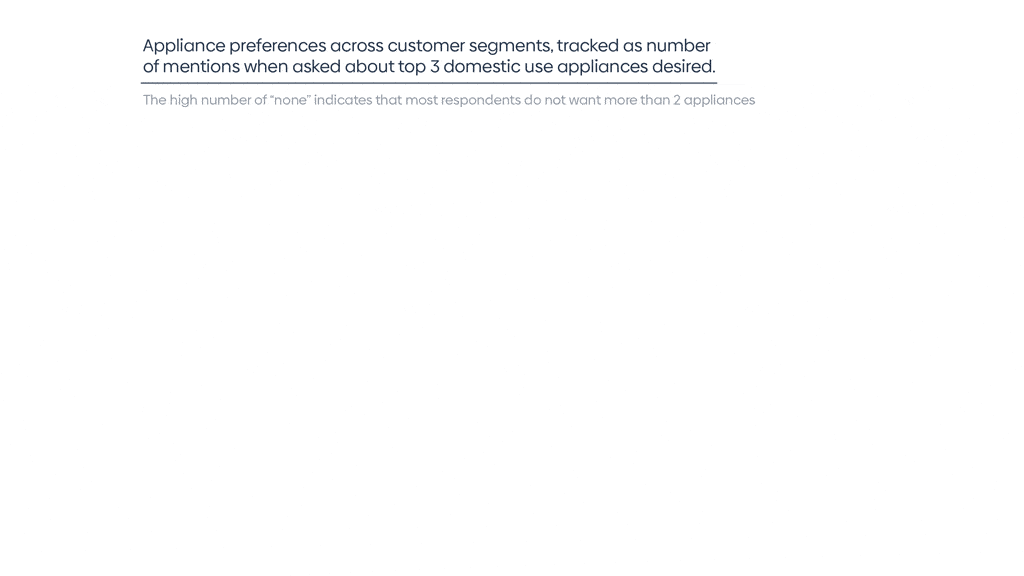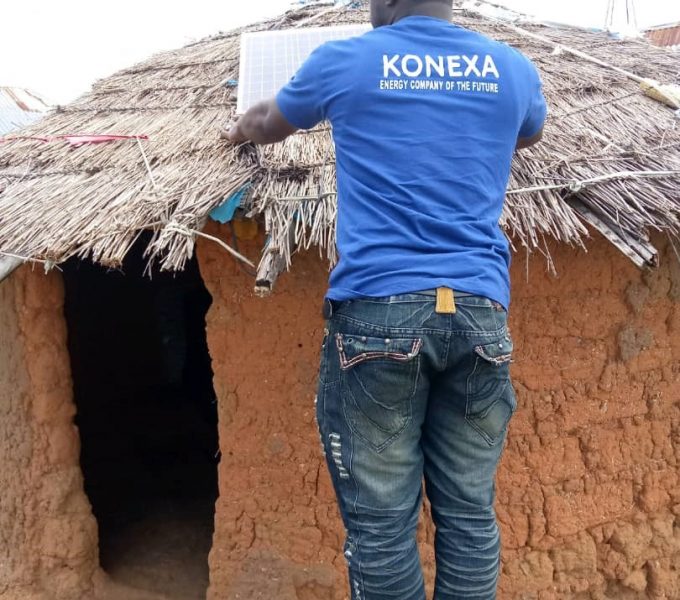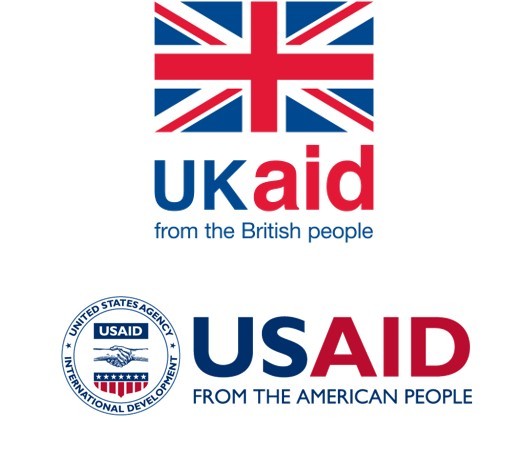Over the course of 2019, Konexa conducted community engagement across various communities situated along the Zaria Road and Sunglass feeders. Engagements included 24 individual “key informant interviews” with a range of important stakeholders such as religious and political leaders, 4 community congresses with community representatives (see Figure 3), and 16 Focus Group Discussions (8 with women, 8 with men) across the project communities.
Learnings from these engagements can be categorised across three dimensions:
Billing and payments
Basic willingness to pay amongst residential customers appears to be around 1,500-2,000 NGN ($4.10 – $5.50) per month. However, conversations on the ground revealed widespread support for the idea of paying a premium in exchange for reliable supply, although women were less likely to back price increases beyond a limited amount.
Almost everyone that is currently being billed on the basis of estimated consumption believes they are being overcharged. This not only underscores the importance of metering, but also illustrates the need for Konexa to visualise the impact of greater consumption on customers’ electricity bills, e.g. through user interface SMS alerts, or just by learned experience of prepaid metering. If people believe that they are being accurately billed, they are more likely to pay.
There is a preference for paying cash due to familiarity, low digital banking penetration and literacy, and the ability to make part payments negotiated with the sales representative that people are familiar with. As we consider the use of agent networks and digital payments, we therefore need to build awareness and trust for these new channels.
Many customers mentioned that bills are often not transparent, with paid amounts from past bills not being accurately reflected. This is an important reminder for Konexa to design and deliver clear bills, and to educate our customers in order for them to better understand their bills.
Service provision
Perhaps unsurprisingly, repairs and maintenance work are generally perceived to be slow, and Konexa has an opportunity to communicate clear KPIs for technical and customer service to its future customers. Similarly, there is some dissatisfaction around disconnections, and a clear protocol for connections and disconnections that is widely communicated is needed.
Engagement with local communities also revealed that – as a result of slow response times – many communities have purchased their own electricity assets, such as Distribution Transformers. Moving forward, Konexa will need to engage with these communities and propose policies for how these legacy assets will be dealt with once it takes control of the network.
Gender and community empowerment
Due to cultural norms and for safety reasons, women rarely address complaints to distribution companies (Discos). It is therefore important that Konexa considers gender sensitive customer communication channels.
In addition, to respond to women’s concerns about lacking funds when credit runs out, Konexa could develop a scheme whereby it can lend emergency credit for those who have a good enough payment track record.
Most interviewees weren’t aware of energy efficiency appliances (e.g., fans, solar pumps, grinders etc.) due to estimated billing, so there is a need to build awareness deliberately through training, communications, electricity committee, and community engagement. That said, people are generally price sensitive so such appliances will need to be financed.
Konexa needs to teach people about meters to inform them and address issues of mistrust such as how the use of energy impacts costs, what their technical limitations are and what causes them to get “burnt”.
